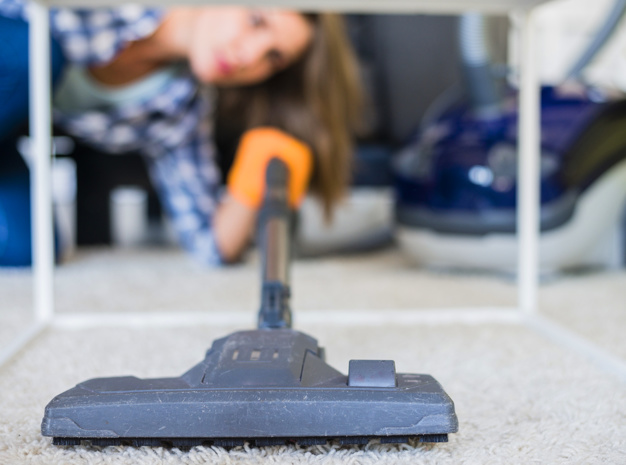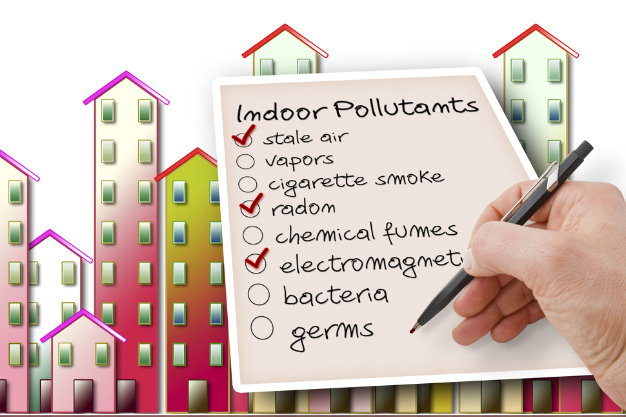Did you know: The air inside your home is 5 times more contaminated and poisonous than the air you inhale outside? It’s horrifying, truly. Being outdoor some or the opposite way, we inhale during;
• When purchasing essentials
• Monthly health check-ups
• stressing over health and allergies
but still, the foremost crucial thing that we neglect is that the quality of air that we breathe – the character of the air we inhale day in and out 24/7.
Nation capital is panting for pure air, covered in thick toxic smog. As we spend most of our time indoors whether reception or within the office. Therefore we thought to inform you easy natural ways to purify your air indoors cause breathing clean air is our utmost priority for our health.
5 Easy tips to bust the dust are as follows;
1. Focus more on Ventilation

Ventilating homes lessens the air quality levels, a big issue for indoor air quality. But by ventilation, no, we’re not requesting that you simply open a window and let all the surface air contamination enter your room. Alternatively, you can install air purifiers or vents to refine and cycle the air you inhale inside. Another extraordinary option is to utilize exhaust fans which help convey toxins outside. Make it some extent to ventilate your kitchen since cooking is often a big main source of indoor pollution, particularly within the event that you simply have a gas oven. Also, after taking a shower, make sure to vent out all the steam and additional moisture within the air which may cause mold and mildew growth in your bathrooms, Therefore, by switching on the exhaust fan can help in ventilation.
2. Boycott Smoking

Yes we mean it, Positively no tobacco smoke inside your house, cause it contributes majorly in ruining the air quality also we can’t deny the fact, that it affects your breathing on passive smokers. Indeed, even concise minutes around used smoke can hurt a person’s well-being. Also, the danger of medical issues is more prominent with more introduction. Introduction to used smoke causes lung irritation and brings down degrees of serious nutrients immediately. These impacts can improve a person’s probability of making medical issues.
3. Keep your floors new
Mop the dirt- Wiping gets the residue that vacuuming abandons. You can avoid the cleansers and cleaners and simply utilize plain water to catch any waiting residue or allergens. New microfiber wipes (and residue materials) allegedly catch more residue and soil than customary strands and don’t require any cleaning arrangements at all.

Floor mats are your savior – Put a huge floor mat at each door. People track in a wide range of synthetics through the soil on their shoes. An entryway floor mat can diminish those muddy shoes, pesticides, and different contaminations from getting into your home. Therefore mat should be sufficiently large, even the individuals who don’t wipe their shoes will leave most toxins on the floor mat – not the floors in your home.
4. Contaminants to regulate
Many pollutants impact indoor air quality comes from sources inside a building, though some are drawn in from outdoors. Among the foremost common pollutants are:
• Volatile organic compounds (VOCs)—These are the foremost contributors to poor indoor air quality; they’re unhealthy both indoors and outdoors. VOCs are organic chemicals emitted as gases from products or processes; for the foremost part, you’ll smell their presence. Typical sources of VOCs indoors include things like cleaning agents, disinfectants, air fresheners, dehumidifiers, and more.

• carbon monoxide gas (CO)—In contrast to VOCs, carbon monoxide gas is impossible to smell, taste, or see. At low and moderate concentrations it could cause fatigue, pain, or impaired vision; at high concentrations, it might be fatal. Sources of carbon monoxide gas are generators, poorly maintained boilers or furnaces, automobile exhaust from nearby idling vehicles, and more.
• particulate (PM)—Found both inside and out of doors, the particulate may be a mixture of solid particles and liquid droplets suspended within the air, like dust, pollen, smoke, and soot. The particles themselves are different sizes, but those to be most concerned about are the smallest—10 micrometers in diameter or smaller—because they will be inhaled. Inhalation of PM can affect the center and lungs.
5.More plants more air
Many researchers say, that house plants are effective natural air purifiers, and therefore the bigger and leafier the plant, the better air quality. In reception also or in your workplace, you can put one plant every 10 square meters to accomplish this, so consider having a plant on your workplace or on the brink of every work area. Therefore keeping more indoor plants can naturally purify air quality.

Hence, Putting forth an effort to enhance indoor air quality can assist you with staying far away from asthma flare-ups and sensitivity side effects and keep your breathing simple through the colder months. These tips can also work in easing all the allergens inside your home, you’ll lessen the amount of air quality by rolling out some basic improvements.
This post is also available in:
![]() Global
Global ![]() IND English
IND English ![]() UK English
UK English ![]() US English
US English